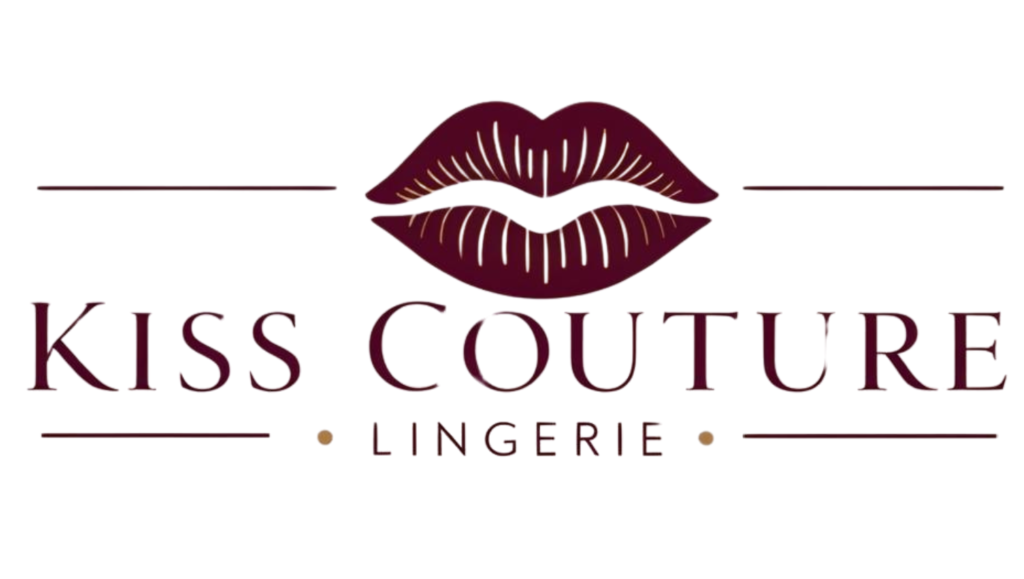The sustainable underwear market is witnessing substantial growth, driven by a shift in consumer behavior towards eco-friendly products. With a compound annual growth rate (CAGR) of 13.24% projected from 2025 to 2032, sustainability has become a key consideration for many consumers. Brands are responding by adopting environmentally responsible practices, such as using organic materials and ethical production processes.
This emphasis on sustainability is not solely consumer-driven but also reflects a broader societal push towards environmental responsibility. The segment benefits from innovations in fabric technology and design, enabling the creation of comfortable, durable, and stylish options. As the market evolves, it is expected to attract new entrants, fostering competition that enhances product offerings and accessibility for consumers seeking sustainable alternatives.
Recent trends in the sustainable underwear market indicate a growing demographic prioritizing eco-friendly choices. The sector offers a variety of options, including eco-friendly, organic, biodegradable, and ethical underwear for both men and women. Technological advancements and strategic partnerships are driving developments in the sector, with recycled materials and manufacturing innovations expanding the range of sustainable lingerie available to consumers.
Key growth drivers in the market include increasing consumer demand for sustainability, coupled with the effects of fast fashion. Digitization is also playing a significant role, with brands leveraging online platforms to reach eco-conscious consumers. Transformative trends such as AI integration in design and production processes, as well as the rise of sustainable underwear subscription services, are reshaping the market landscape.
Market segmentation into categories like cotton and linen underwear, bamboo underwear, men’s, and women’s underwear allows brands to tailor their offerings to meet specific demographic needs. The competitive landscape features key players like Jungmaven, Magi the Label, Mighty Good Basics, Pansy, WAMA, and others, who champion sustainability through ethical manufacturing practices and innovative materials.
Opportunities abound for brands willing to explore untapped niches and evolving buyer personas in the sustainable underwear market. However, challenges such as regulatory hurdles and supply chain gaps remain, necessitating transparent supply chains and partnerships with sustainability advocates. Technological advancements like AI, IoT, VR, and blockchain are transforming the market, enabling brands to design personalized, eco-friendly products and ensure supply chain transparency.
STATS N DATA, a trusted provider of industry intelligence, uses a multi-layered research methodology to deliver actionable insights for businesses navigating the sustainable underwear market. By leveraging expertise in market trends and consumer behavior, STATS N DATA empowers businesses to make informed decisions in the evolving landscape of sustainable fashion.
In conclusion, the sustainable underwear market is poised for significant growth, driven by consumer demand for eco-friendly and ethical products. Brands that innovate and align with shifting trends can thrive in this burgeoning industry. By understanding market dynamics, the competitive landscape, and technological advancements, stakeholders can position themselves for success in the sustainable underwear market.
📰 Related Articles
- Sustainable Beauty Packaging Market Surges, Driven by Eco-Conscious Consumers
- Soy Food Market Growth Fueled by Health-Conscious Consumers
- Global Baby Diapers Market Sees Sustainable Growth Amid Eco-Conscious Shift
- World Travel Market Africa 2025: Driving Sustainable Tourism Growth
- Travel Accessories Market Poised for Sustainable Growth and Innovation






